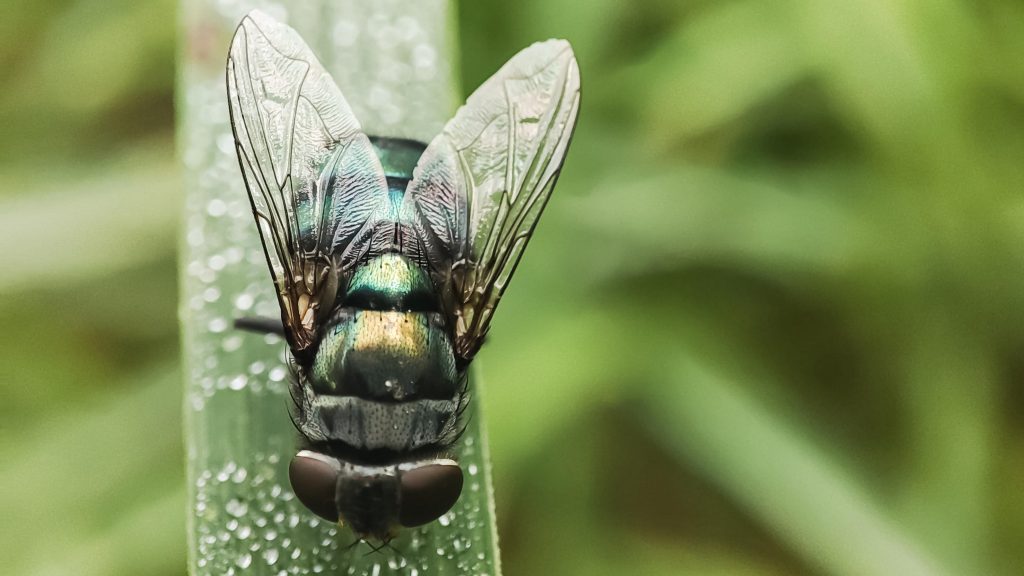
On this edition of the Beef Buzz, Senior Farm and Ranch Broadcaster Ron Hays reports on a new world screwworm update given at the Ag Outlook Forum in Kansas City, Steve Boren of Boehringer Ingelheim shared his concerns about the New World screw worm and what it would mean if it entered the United States. “If we do allow new world screw worm into this country, cattle producers are going to be dealing with this thing around the clock,” he said. Boren stressed the enormous labor involved: “Each and every calf that’s born, and every animal that’s run through the brush that has a contusion or abrasion on it will be required to be treated.” He also reminded the audience that “the average rancher in the United States is 63 years old, and we don’t have a lot of folks that are following in their footsteps. It is highly, highly labor intensive.”
Drawing on his company’s global experience, Boren explained the economic stakes. “We have a lot of experience with new world screw worms, both populations, the one that’s in the continental part of South America, as well as in Central America,” he noted. The financial burden would be massive. “The only thing that I’ve seen so far is $1.8 billion in the state of Texas. That’s just the state of Texas. Now it is a major cattle producing state, but it has a major economic impact.”
Boren also underscored the danger of wildlife spreading the parasite. “This is truly a major, major concern. All mammals can be inflicted by screw worms,” he said. To illustrate, he gave a personal example: “You probably can’t see I’ve got a small puncture wound on the side of my finger a tick bite or a puncture wound is enough for a screw worm fly to lay its eggs into.” He warned that “all deer, pigs, any type of animal that’s there can carry screw worms. It’s not just domesticated livestock.”
Prevention, Boren emphasized, is the most effective tool. “The first and best strategy that we have is to never allow the screw worm fly into the United States,” he said. He praised government efforts, noting “there’s been a significant investment of 750 some odd million dollars to produce more sterile flies.” He added that other approaches include “tick riders, people that are looking for physical inspection of animals bait stations, where we can use attractants at border crossings and border stations.”
As for treatments, Boren explained both existing and emerging options. “There are two methods…a topical type application that kills adult flies and parasiticides that are systemic in nature.” He pointed out that ivermectin, widely known today, was “pioneered by our company” and has been used in livestock for decades. He also mentioned newer compounds used in pets, such as “afoxolaner, umipoxaline, or fluralaner,” which show strong efficacy. Still, he circled back to prevention: “I would just reiterate that prevention in this case is by far the best option, as opposed to treatment, and we hope that we never do have to treat animals.”
The Beef Buzz is a regular feature heard on radio stations around the region on the Radio Oklahoma Ag Network and is a regular audio feature found on this website as well. Click on the LISTEN BAR for today’s show and check out our archives for older Beef Buzz shows covering the gamut of the beef cattle industry today.

















